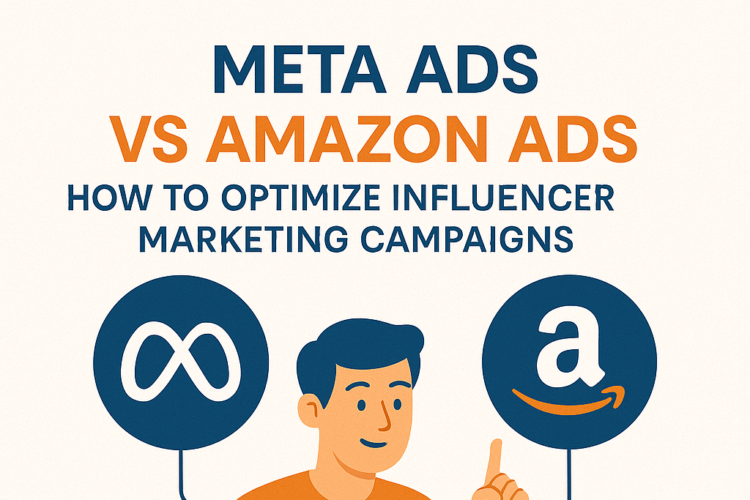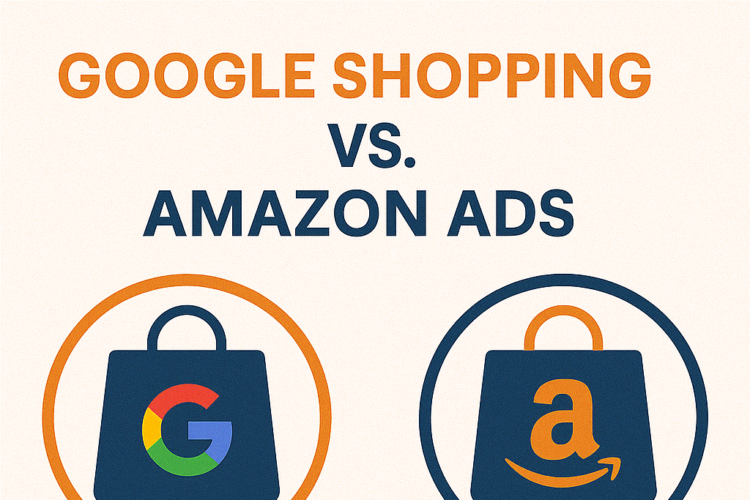Google Ads vs. Facebook Ads: Key Differences
Introduction
Google Ads and Facebook Ads are two of the most powerful digital advertising platforms, each offering unique advantages for businesses looking to reach their target audiences. While Google Ads primarily focuses on search intent and keyword-based advertising, Facebook Ads leverage social engagement and detailed audience targeting to create highly personalized ads. Understanding the key differences between these platforms will help marketers make informed decisions on where to allocate their advertising budget for maximum ROI.
1. Advertising Objective & User Intent
Google Ads: Intent-Based Advertising
Google Ads primarily targets users who are actively searching for specific products, services, or information using Google Search. Advertisers bid on keywords, and their ads appear when users enter relevant queries.
Best for: Businesses that want to capture high-intent users ready to make a purchase or take action.
Example: A user searching for “best running shoes” is likely close to making a purchase decision, making Google Ads highly effective.
Facebook Ads: Interest-Based Advertising
Facebook Ads focus on users’ interests, behaviors, and demographics rather than search intent. Ads appear on users’ Facebook and Instagram feeds, Messenger, and Audience Network based on targeting parameters set by advertisers.
Best for: Businesses that want to generate brand awareness, engage users, or drive interest in products/services before a user actively searches for them.
Example: A fitness brand can target users interested in running, fitness, and healthy living, even if they are not currently searching for running shoes.
2. Ad Formats & Placement
Google Ads
Google Ads offers multiple ad formats that appear in different locations:
Search Ads: Text-based ads displayed on search engine results pages (SERPs).
Display Ads: Visual banner ads shown on the Google Display Network.
Shopping Ads: Product-based ads appearing in Google Shopping results.
YouTube Ads: Video ads shown before, during, or after YouTube videos.
App Promotion Ads: Ads promoting app downloads on Google Play and iOS.
Facebook Ads
Facebook Ads provide highly visual and engaging ad formats, including:
Image Ads: Single static images with text.
Video Ads: Short and long-form videos.
Carousel Ads: Multiple images or videos in a scrollable format.
Slideshow Ads: Lightweight video ads made from images.
Collection Ads: Shopping-focused ads allowing users to browse products directly.
Stories Ads: Full-screen immersive ads for Facebook and Instagram Stories.
3. Audience Targeting Capabilities
Google Ads Targeting
Google Ads targeting revolves around search intent and behavioral data:
Keyword Targeting: Bidding on search terms users actively type into Google.
Demographics: Targeting based on age, gender, income level, etc.
Location Targeting: Ads shown to users in specific geographic regions.
Custom Intent & Custom Affinity Audiences: Users with specific search patterns and online behavior.
Retargeting (Remarketing): Ads targeting users who previously interacted with a brand.
Facebook Ads Targeting
Facebook Ads leverage extensive user data for precise targeting:
Demographics: Age, gender, marital status, job title, and more.
Interests & Behaviors: Hobbies, activities, brands they follow, shopping habits.
Custom Audiences: Targeting users who have engaged with a brand’s website, email list, or social pages.
Lookalike Audiences: Reaching new users similar to an existing customer base.
Location-Based Targeting: City, region, or country-level targeting.
4. Cost & ROI Comparison
Google Ads Cost Structure
Google Ads operates on a cost-per-click (CPC) basis, where advertisers bid on keywords. The cost varies based on competition and industry.
Average CPC: Ranges from $1 to $10+ depending on industry (e.g., legal and financial keywords are more expensive).
Higher conversion intent: Since users are actively searching, conversions tend to be higher but at a higher cost.
Facebook Ads Cost Structure
Facebook Ads use a cost-per-thousand-impressions (CPM) or cost-per-click (CPC) model, depending on campaign objectives.
Lower CPC: Often lower than Google Ads, ranging from $0.50 to $3.
Lower conversion intent: Users aren’t actively searching, so conversion rates may be lower, but brand awareness is higher.
5. Performance Tracking & Analytics
Google Ads Analytics
Google Ads Dashboard: Provides insights on impressions, clicks, conversions, and ad spend.
Google Analytics Integration: Tracks user behavior post-click.
Conversion Tracking: Measures purchases, form submissions, and other actions.
Quality Score: Evaluates ad relevance, click-through rate (CTR), and landing page experience.
Facebook Ads Analytics
Facebook Ads Manager: Central hub for ad performance metrics.
Facebook Pixel: Tracks website activity from Facebook ad clicks.
A/B Testing: Tests different creatives, audiences, and placements.
Engagement Metrics: Likes, shares, comments, and conversions.
6. Best Use Cases for Each Platform
When to Use Google Ads:
✔️ High-intent marketing (targeting users actively searching for products/services) ✔️ E-commerce businesses running Google Shopping campaigns ✔️ Local businesses looking to capture location-based searches ✔️ Lead generation for high-value services (law firms, SaaS, B2B services) ✔️ Retargeting past website visitors through the Display Network
When to Use Facebook Ads:
✔️ Brand awareness and customer engagement ✔️ Targeting niche audiences based on interests and behaviors ✔️ E-commerce businesses running product catalog ads ✔️ Promoting events, webinars, or app installs ✔️ Building and nurturing leads through video and carousel ads
Conclusion: Which One is Better?
The best platform depends on your business goals:
Use Google Ads if you want immediate results from high-intent searches, especially for lead generation or e-commerce conversions.
Use Facebook Ads if your focus is on brand awareness, engagement, and audience building with visually compelling content.
Use Both Platforms Together for a full-funnel marketing strategy, leveraging Google Ads for conversions and Facebook Ads for brand awareness and retargeting.
By understanding these key differences, businesses can optimize their advertising strategies, maximize return on ad spend (ROAS), and achieve their marketing objectives effectively.
Author

